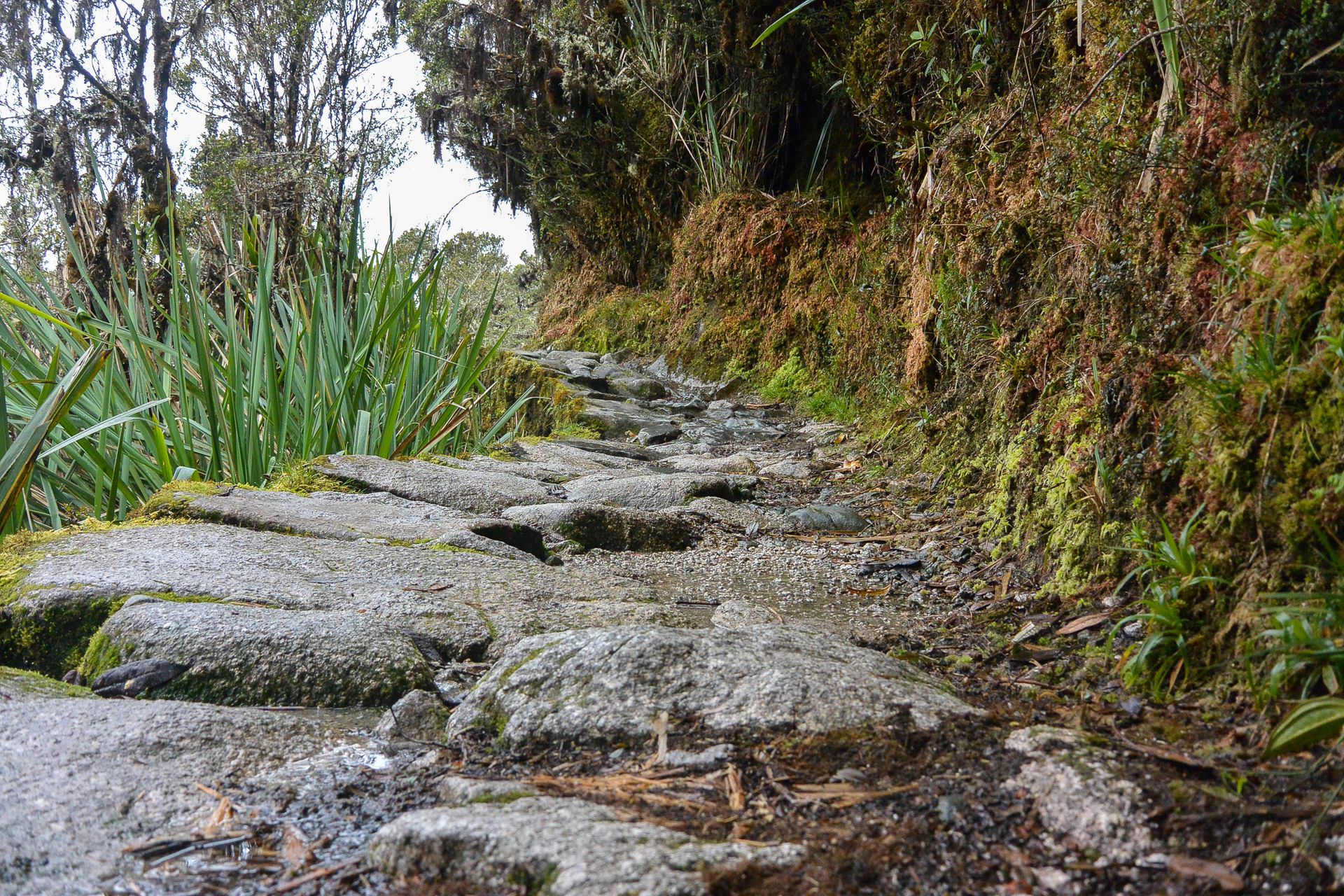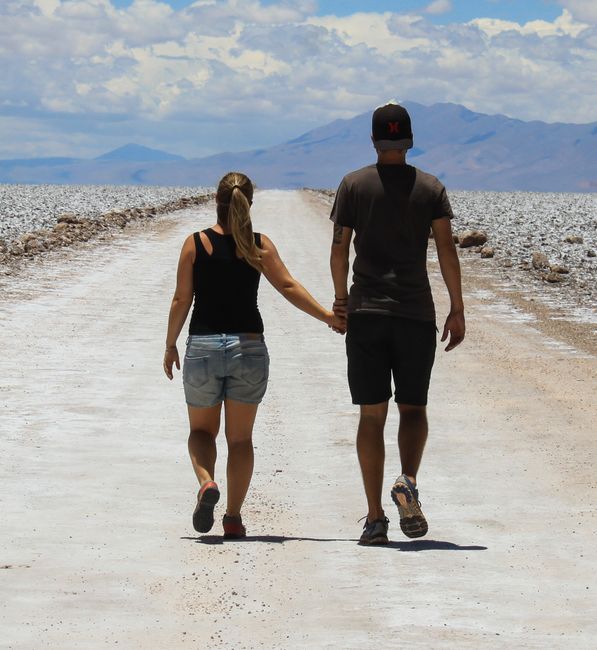Three weeks of diving and volunteering @TRACC on Pom Pom Island
Lofalitsidwa: 20.08.2018
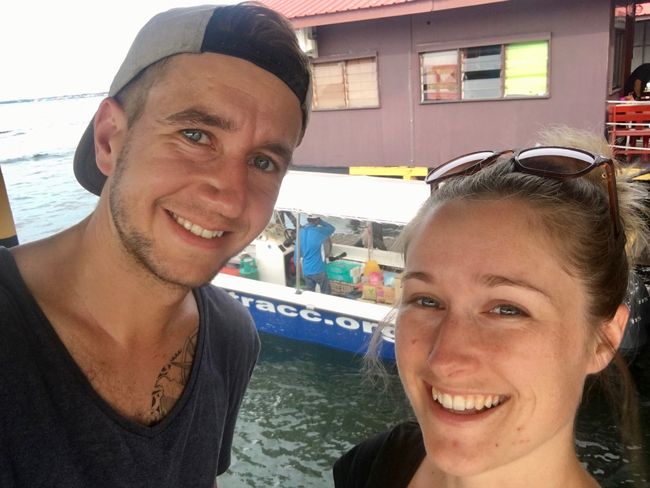
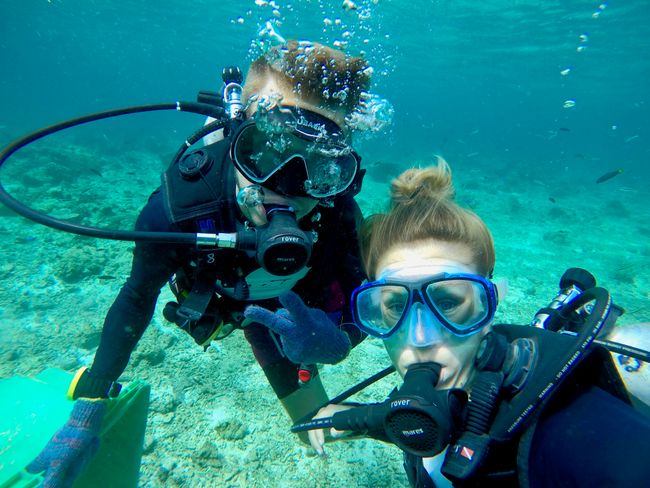
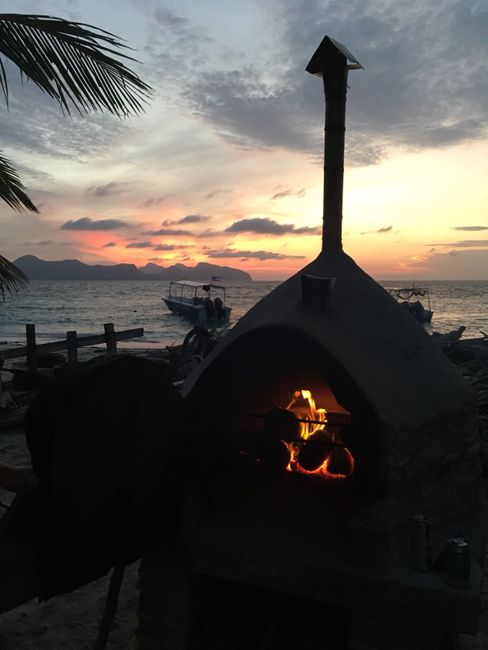
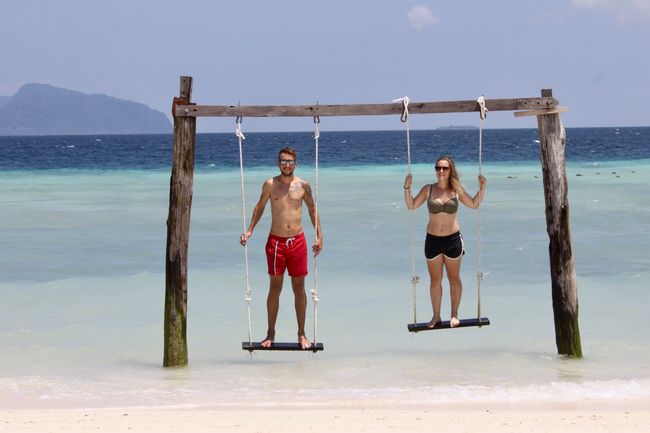
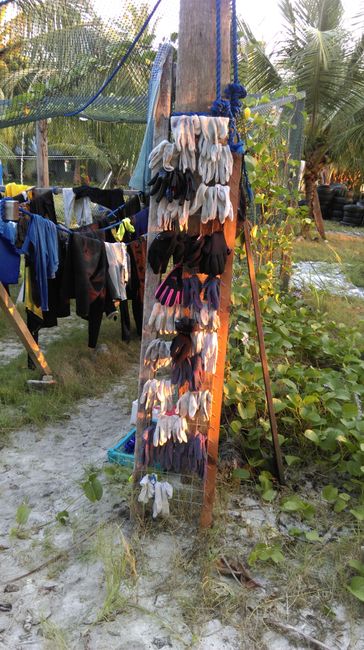
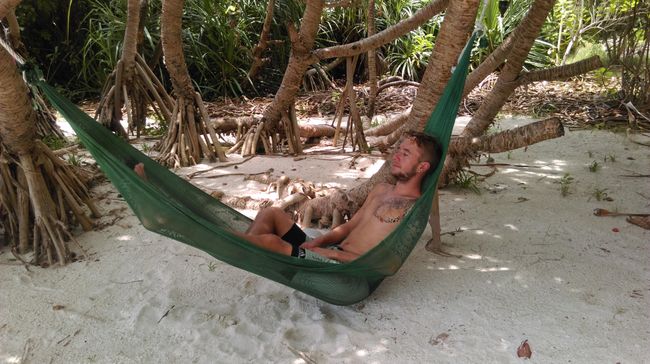
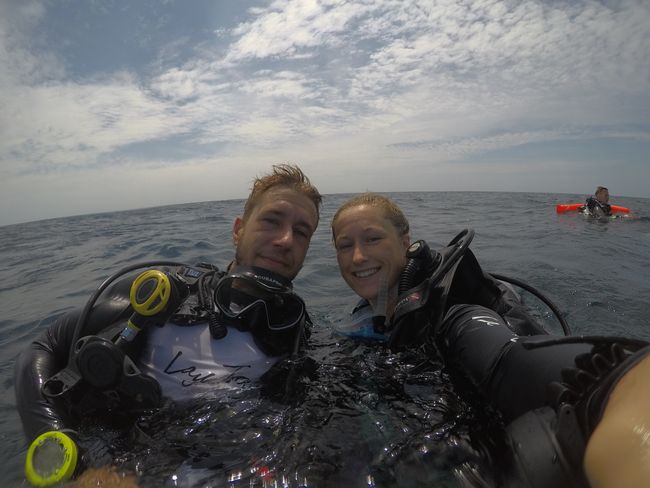
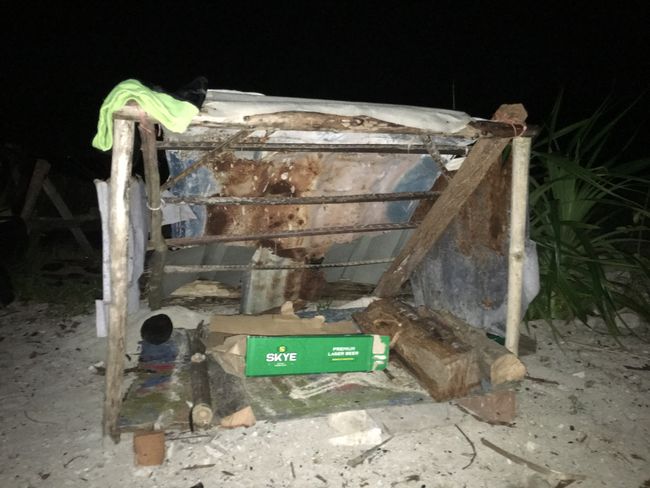
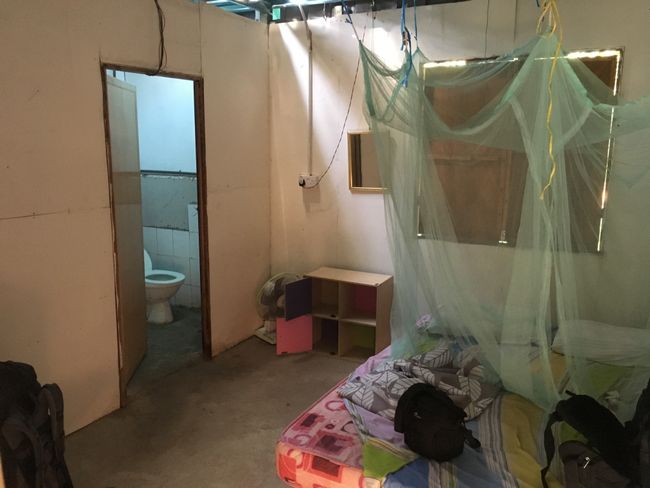
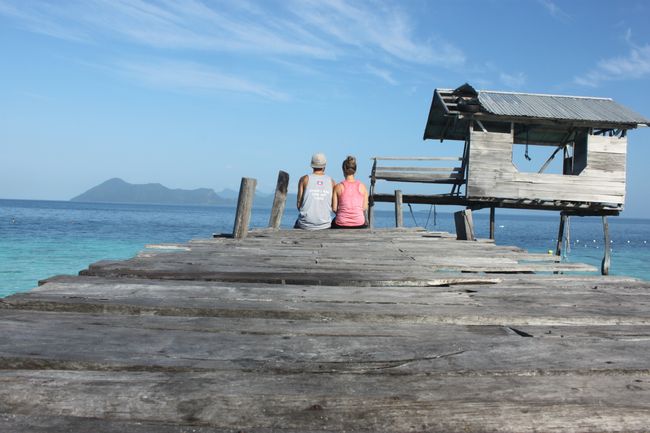
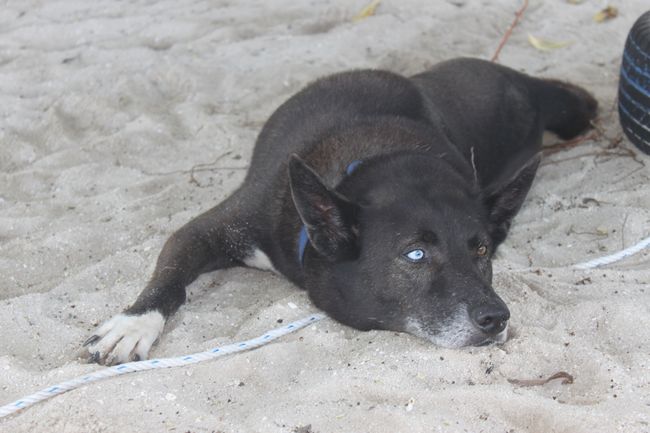
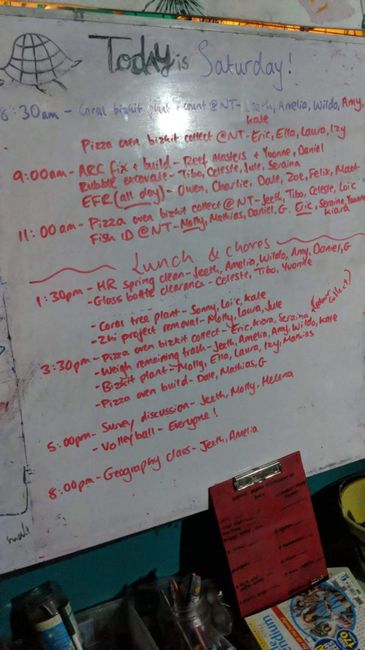
Lembetsani ku Newsletter
We received a tip from Basil at home and flew from Kota Kinabalu to Tawau at the end of July to travel by bus to Semporna in Sabah on the east coast of Borneo. First of all: we will experience and learn a lot on the small island of Pom Pom during three fantastic weeks.
By boat, we drive about 45 minutes to our new home. After a brief introduction, we surprisingly get a room in the longhouse, even though we were prepared for three weeks of camping. Of course, we don't complain about this upgrade and move into our sparsely furnished room, which even has its own toilet with a shower.
At the Tropical Research and Conservation Center (TRACC), I (Mathias) first learn diving. The first week is dominated by the PADI Open Water course, in which I learn theory and practice diving up to a depth of 18 meters. Since Seraina is already a Rescue Diver, she can start with the Intro Dive and first working dives directly. Thanks to my instructor Steph, everything works right away and after a few days I am already a certified diver. In order to be able to dive to the same depth as Seraina, I immediately attach the Advanced Open Water Diver (up to 30m). With instructor Owen, this also works very well. At the end of the three weeks, I already have 36 dives on my account. Seraina was able to increase her diving experience to 82 dives.
The daily routine at the camp looks roughly like this: in the morning we make our own breakfast. There are eggs, toast, vegetables, usually also rice, and various spreads available. The courses or work start between 8 and 9 am. On the evening before, it is communicated on a whiteboard who is assigned where. I will tell you more about the work later. In addition to the daily varying tasks, there are small 'jobs' that four groups of 4-5 people have to do. These include washing dishes at noon or in the evening, a beach cleanup of the associated beach section, as well as crash cans, where you have to crush cans (beer, 100plus, Nescafe, Coca Cola etc.) to save space in the trash. In their free time, people relax in hammocks, try to stay in touch with the outside world via a Celcom sim card, or engage in sports. There is an improvised outdoor gym, a beach volleyball court, paddle boards and kayaks, or of course the sea, which invites you to swim, but also the beach to get a nice tan. In addition, the two sociable dogs that belong to the camp enjoy some cuddle sessions.
The food is excellent. Neng can cater to special requests (vegan, pepper allergy, lactose or gluten intolerance) very well in the open kitchen at the camp, and there are always 4-5 pots of delicious food to choose from. The basis is of course rice, but there is plenty of vegetables, salad, potatoes and occasionally lentils, chicken, tofu or noodles. For dessert, there are watermelons or pineapples. Liquid nourishment is also provided. A lot of water is a must with these activities and temperatures, but in the evening it can also be a beer or local schnapps, which they call whiskey. It is not uncommon to have more than one beer - the evenings can be quite entertaining with nearly 30 volunteers, most of them from the UK. For in-between, there are also soft drinks like cola or 100plus in the cool box and an iced Nescafe for the first few minutes in the morning.
Work is the focus from Tuesday to Saturday. There are a lot of different projects with which TRACC tries to reforest the unfortunately heavily destroyed house reef. Due to fish bombings, not many corals are left and the biodiversity has suffered greatly. With so-called ARC (artificial rehabilitation crest) reefs, an attempt is made to stabilize the rubble on the steeply sloping reef. For this purpose, self-made and processed cement blocks are sunk, which have holes drilled into them. There is also the bottle reef, which are also cement blocks with glass bottles attached to them. Young corals that are still alive are then planted into these bottles and holes. So-called biscuits are also planted. These are smaller cement blocks in which coral sprouts or broken pieces of coral are also planted. These biscuits are raised in a low-current area in a nursery. There are also structures and devices such as coral tables, coral bushes, or the coral tree, where pieces of coral are attached to fishing line and can grow freely in the water. All these structures need to be constantly monitored and maintained as algae can settle or the current can damage parts. The work is fun but sometimes tiring, especially when you have to swim with cement blocks at a depth of 20 meters. Especially for a novice diver, it is challenging at the beginning to handle the equipment as well as the tools. But during work dives, you learn much more than during leisure dives, where you chase after fish with a GoPro or spot small animals.
In addition to the ARC Reefs, the still living corals on other islands and areas are protected from the invasive crown of thorns starfish. Unfortunately, due to the departure of larger fish, this type of starfish no longer has natural enemies here and multiplies excessively. They live off of corals - one single COT destroys 6-12 square meters annually - and threaten large parts of the reefs due to the imbalance. So, we go on COT hunts and try to reduce their numbers in places where an outbreak has occurred. We collect the COTs and dissect them. This is necessary to determine if the COTs have already laid their eggs and if another outbreak will follow, or if the eggs are still inside their arms and if we have caught them in time. Afterwards, the animals are buried on the beach. It may be difficult to understand at first why a Conservation Center kills a certain species, but under the prevailing circumstances, it is absolutely understandable to us. Within two hours, the six of us collected 220 COTs - an amazing number and good for the local coral forests.
In addition to the work, you learn a lot about the marine life at TRACC. In addition to lessons on the fish world, you gain insights into the different corals and the small animals that live in them. It is still difficult to distinguish all the fish from each other, but we now know some and can slowly but surely identify the diving symbols as well. The knowledge is not only personally interesting but also important for surveys. In designated areas on the reef, observations are made to track progress. You dive along a line and count the different small animals or fish that are present in the designated radius (50x2 m). In an area of 10x2 meters, observations should be made for 4 minutes each. The whole process takes 20 minutes and is demanding work because in addition to writing down the observed animals, you always have to concentrate on your own body and equipment (air supply and buoyancy as well as a depth gauge).
Other work around the camp includes building a pizza oven from old dead biscuits, building a 'ladder' to dry the gloves (Seraina's personal idea and self-implemented project), building a small wooden shed from leftover building materials (Mathias's personal project), replenishing the wood supply, or further construction work on the tents, the longhouse, or the open common room 'Number 4'. There are regularly wooden tables to mend and repaint, because dancing doesn't only happen on the floor...
In the evenings, turtle walks take place, where you walk around the island at night and look for nesting turtles. After obtaining permission from the stationed police, the whole thing without encountering a turtle takes about 40 minutes. If you're lucky and encounter a turtle, it can take hours. You wait until she has laid her eggs and disappeared back into the sea, then dig up the eggs and bring them to the hatchery station, where they can hatch under controlled conditions and then be released into the sea. The whole process makes sense because there, they are protected from natural predators and poachers, and the chances of survival increase.
Sundays are dedicated to Sunday Funday, and only leisure dives are planned. The team usually tries to visit diving spots that are not visited during work. So, you also visit another island with completely different conditions and intact reefs. In addition to the fun dives, there is now a fancy dress party in the evenings. The theme for the first time was A (Asterix and Amazon), followed by B (Barbecue and Baywatch), and on our last evening, we dressed up as a computer and Cast Away (with Wilson under the arm, of course).
Then Monday is an absolute day of rest, and that is usually necessary after Sunday night. Some staff members take a boat to Semporna and run errands because apart from the camp, there are only two resorts on Pom Pom but no shopping opportunities. In addition to food and drinks, other utensils needed for the projects are purchased. In addition, volunteers are bid farewell or picked up.
We have experienced three absolutely amazing weeks and have gotten to know lovable people and learned from them. What TRACC does on Pom Pom is important, even if it is only a small house reef. The projects and the knowledge that is passed on to volunteers like us or locals can make a difference. We would recommend everyone to join TRACC on Pom Pom (and learn diving there) and do not rule out returning one day. After three eventful weeks, there is still so much to tell, but we want to let the pictures speak now and happily present you our video, which will always remind us of this great experience:
More information about TRACC
- Website
Cool private project by two French volunteers (Anaïs and Loïc) on Facebook: Un Amour de Corail
Thanks again for the drone footage - world class!
Lembetsani ku Newsletter
Yankhani
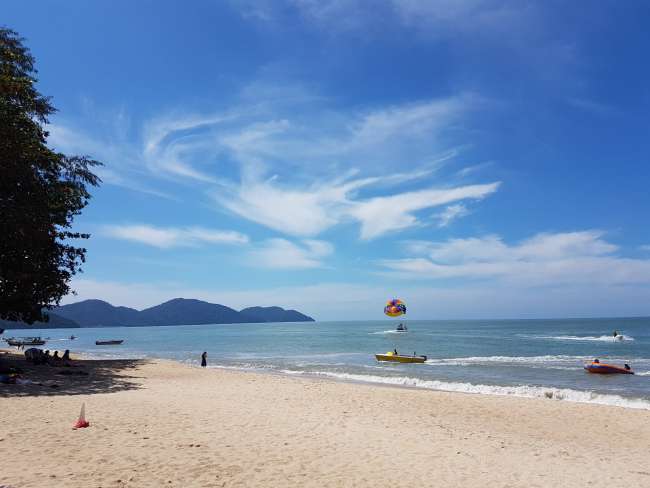
Malipoti amaulendo Malaysia
